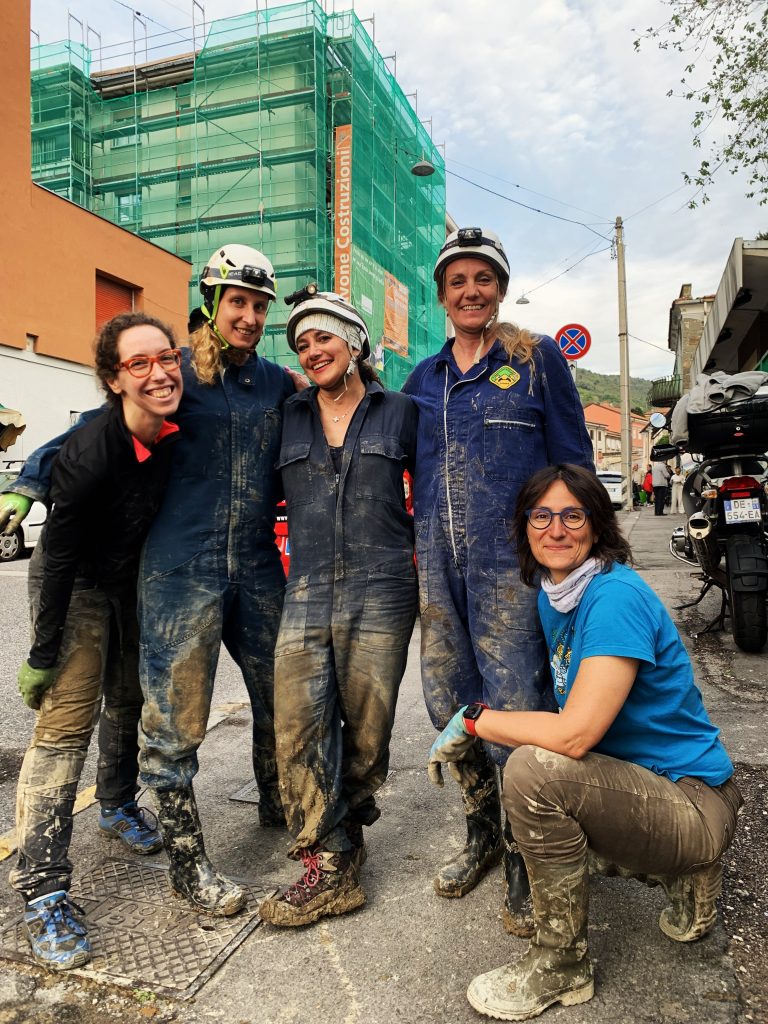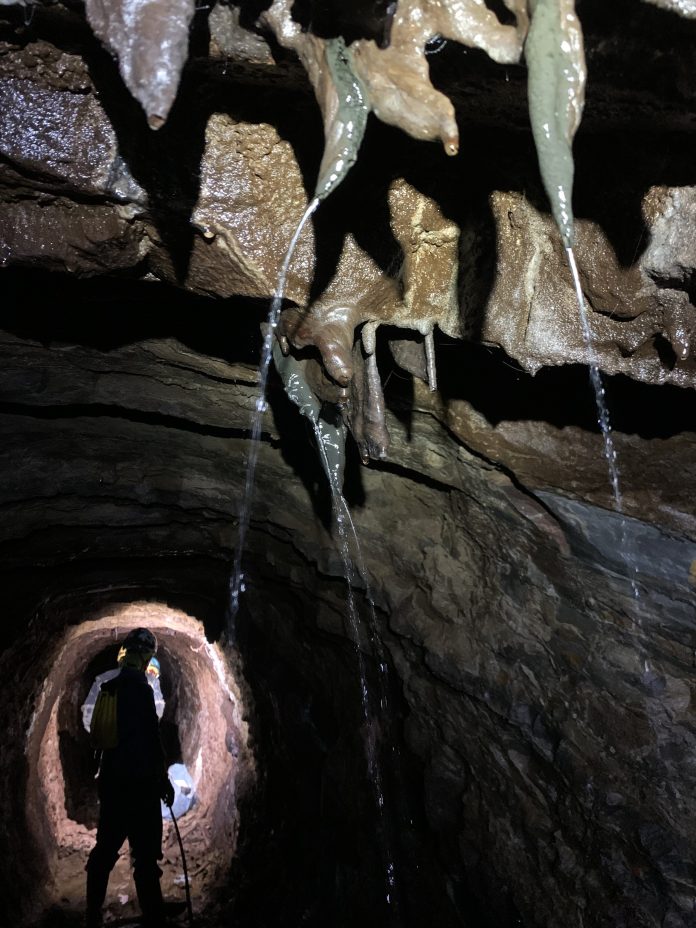by Alessandra Ressa
A new, forgotten, and believed lost underground section of the Theresian aqueduct was discovered last week by the speleologists of Trieste’s Società Adriatica di Speleologia. The amazing find, a wide tunnel richly decorated with stalactites of all kinds and colors, was discovered after the removal of a large landslide inside the recently recovered maze of tunnels under San Giovanni, forming the old aqueduct built by Austrian empress Maria Theresa in 1751.
Once the landslide had been removed, speleologists found themselves facing a wall of old, large sandstone. With the support of old maps, they immediately knew they were looking at the continuation of the aqueduct, specifically the part believed to be no longer standing, connecting San Giovanni to the hills of Carso.
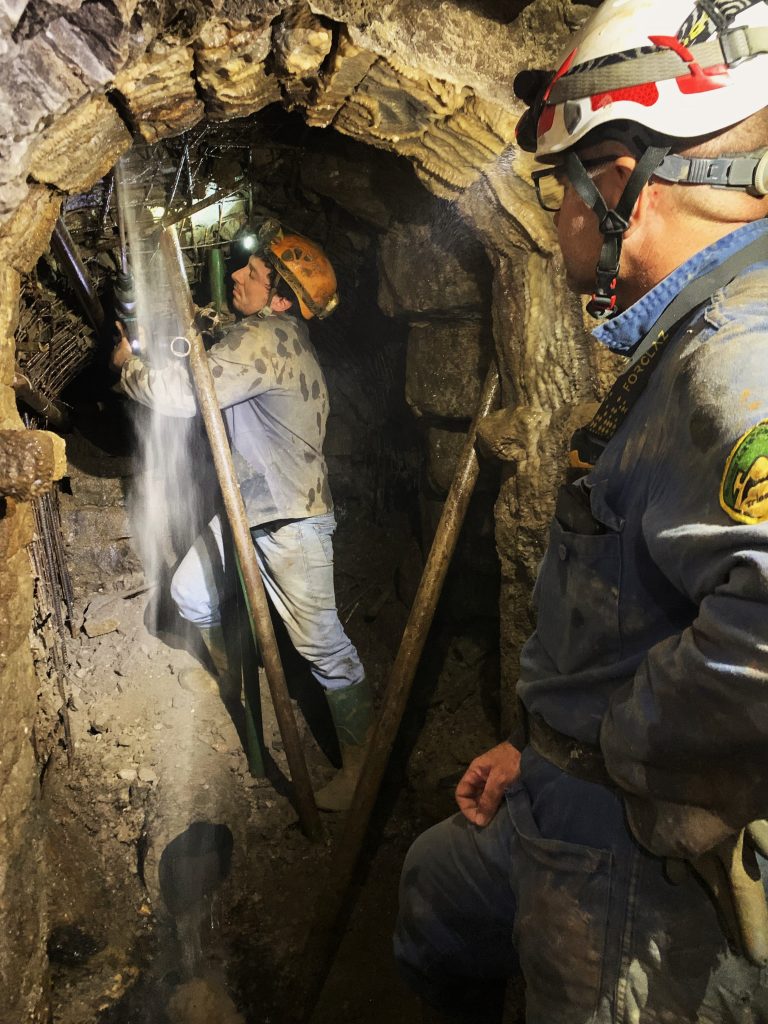
“We have worked very hard since 2018 to recover this incredibly beautiful work of underground engineering,” said Marco Restaino, president of Società Adriatica di Speleologia, “and now we have managed to uncover the last 750 meters of the aqueduct. The name of this tunnel is Tchebul; it connects Trieste to the heart of Carso. We feared it had been destroyed by road and building construction in the past 20 years, but here it is! Unexpectedly rich in mineral formations which have built up from anything that filtered down from the soil. What we found here is very unique, definitely different from the formations you can see in caves.”
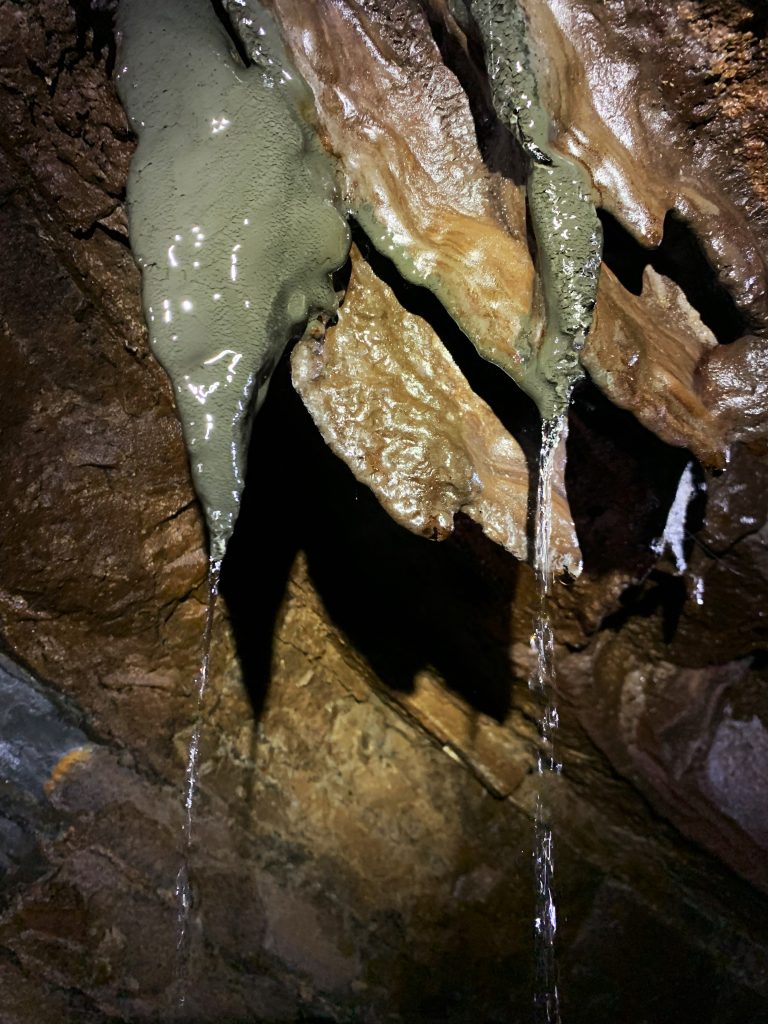
“This last part of the aqueduct,” Restaino explained, “appears to have been the last attempt to reach the underground river Timavo. The Trebiciano cave, the abyss with its flowing, dark waters, had just been discovered by Lindner. By digging a long tunnel under Carso, the engineers were probably hoping to reach the subterranean river and deviate its waters to Trieste, thus providing an efficient source of water for the growing city. The quest soon failed, and the Tchebul project was abandoned soon after reaching the Carso limestone.”

“This recent discovery represents for us an unprecedented leap into the unknown,” Restaino continued, “because there appears to exist no written document on the actual building of this tunnel. All we have are paper projects, which don’t exactly match what we are seeing here. What we know for sure is that nobody has set foot in it for over 100 years. There have been some minor landslides in the final part of the section, which have incredibly given life to a natural cave. Of the 750 meters of the original project, we have managed to explore 500. The remaining 250 meters are believed to be beyond the obstruction. So there is still a lot of work to do.”
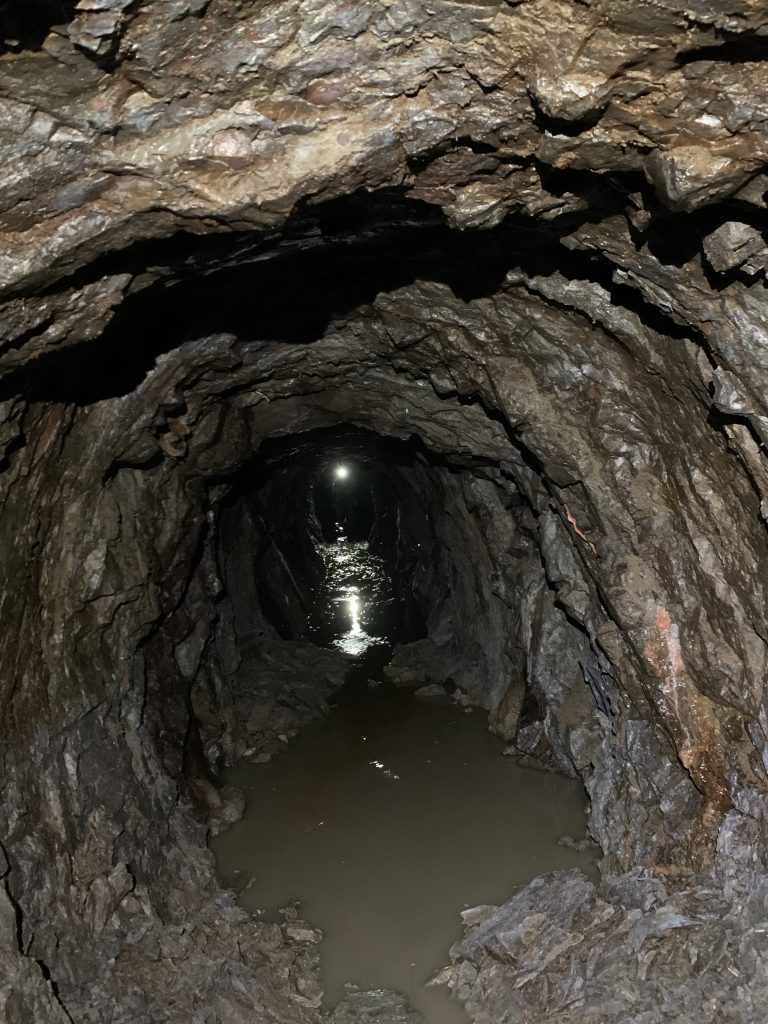
“The final part of the tunnel is flooded, and the water comes from the currently inaccessible section. Therefore, we know for sure that Tchebul continues after the landslide, and it continues into the Karstic rock. We also know this because we have found a very typical white, blind crustacean, Titanethes albus, which normally lives in Carso caves. At some point in the past 100 years, this tiny creature must have found a passage to move and proliferate in the aqueduct. This is such an important discovery because once we set the passage free, we will be able to see a truly geological paradise – the passage from flisch rock to limestone under our very eyes, simply by walking through the tunnel. We also have scientists on our team who are currently analyzing different materials found on the walls of the tunnel, as well as in its waters. Some of the formations are unusually colored, some very bright, almost fluorescent. So far, we have been able to determine that along with regular, if unusually colored, mineral formations, there are several bacterial colonies contributing to the rich environment.”

“There is still a lot to do,” concluded Restaino, “but the results we have reached so far would not have been possible without the volunteers who, week after week, month after month, spent their free time digging in the most uncomfortable and impossible positions, carrying out thousands of heavy buckets full of mud, rocks, and debris, re-emerging tired and wet from the manholes of San Giovanni only to start again the following evening. I am very proud to say that out of the 40 volunteers, at least one-third consists of women. It is a great team, the best team I could have hoped for.”
